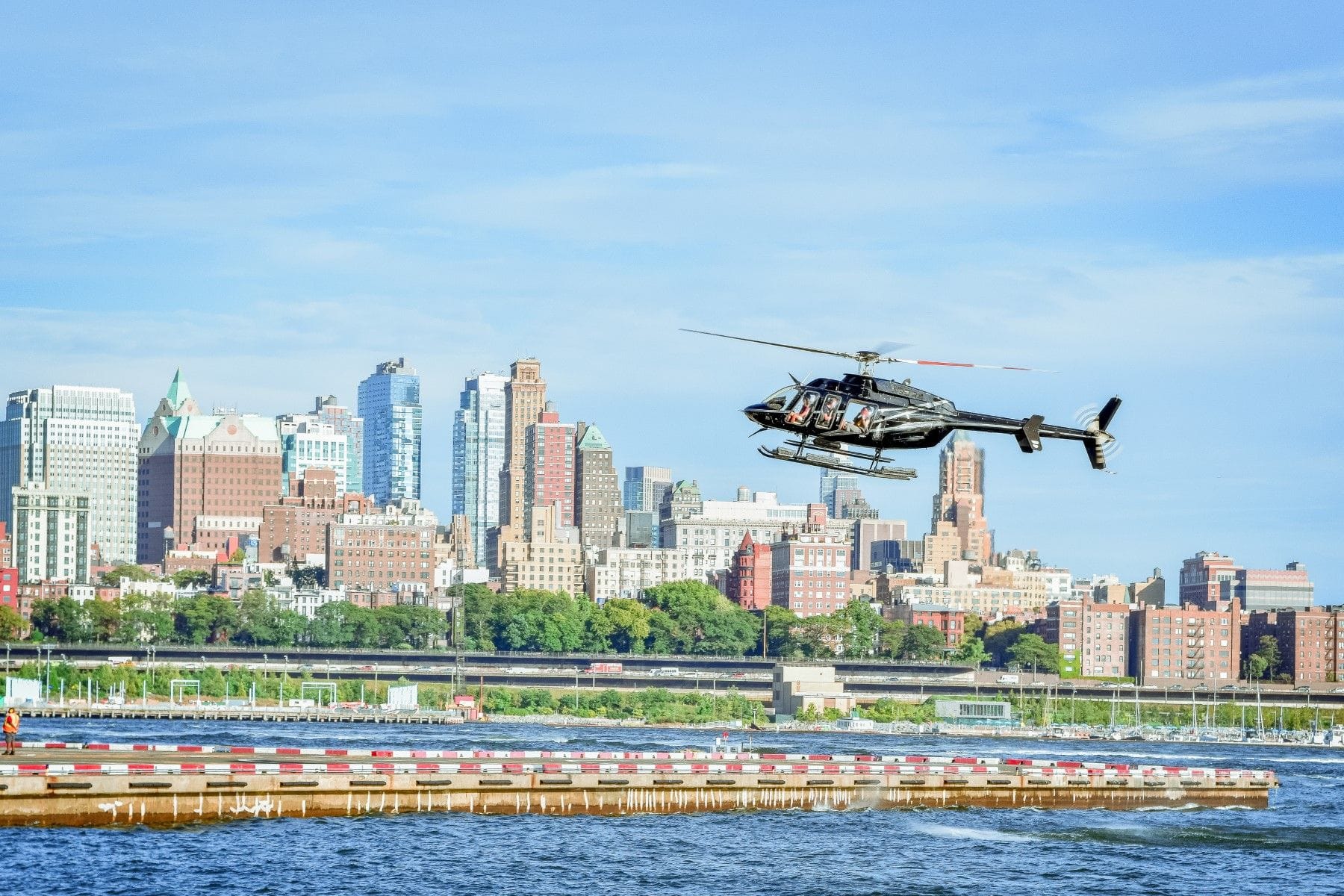$90M Settlement Reached in NYC Helicopter Crash That Killed Five Tourists
A tragic crash prompts a record settlement and lasting safety reforms in aerial tourism, as one family’s fight for justice reshapes an entire industry.
Updated on
A wrongful death case stemming from a tragic helicopter crash in New York City’s East River has reached a $90 million settlement. The agreement concludes a protracted legal battle involving the death of 26-year-old Trevor Cadigan and four other passengers during a 2018 sightseeing flight. Court documents show that a Manhattan judge approved the settlement nearly seven years after the crash. The payout represents a reduced amount from the $116 million verdict a jury awarded to Cadigan’s family last fall, with the plaintiffs opting to settle in exchange for closing the door on any potential appeals.
Cadigan, a young journalist who had recently moved to New York from Dallas, was one of five passengers aboard a doors-off helicopter tour operated by Liberty Helicopters and organized by FlyNYON. The aircraft lost power shortly after takeoff and crashed into the East River. An investigation by the National Transportation Safety Board revealed that a passenger's harness tether had become entangled with a floor-mounted fuel shut-off lever, cutting off the engine mid-flight. While the pilot managed to free himself and escape, the five passengers remained strapped in by their harnesses and drowned in the submerged helicopter.
The Allegations
According to findings from federal investigators, the design and safety protocols of the flight were key contributors to the deadly outcome. The helicopter, modified for aerial photography and lacking doors, was outfitted with specialized harness systems to prevent passengers from falling out. However, these harnesses became fatal traps once the aircraft submerged. The NTSB concluded that the use of an unsecured tether system and inadequate preflight safety briefings were significant factors leading to the crash.
The crash also drew attention to FlyNYON’s operational practices. Critics argued that the company prioritized marketing and customer experience over passenger safety, a concern echoed by the Cadigan family’s legal team. In a statement following the settlement, attorney Gary C. Robb explained, “Their primary objective was twofold, and that is, one, to ensure accountability for what happened to Trevor, and also to shine a bright light on dangerous helicopter operator practices and induce them to do a better, safer job.” He added, “And they accomplished both objectives, we believe.”
The Trial and Settlement
In 2023, a Manhattan jury returned a $116 million verdict in favor of Cadigan’s family. However, the defense promptly began preparing post-trial motions to challenge the award, initiating a potentially lengthy appellate process. To avoid the uncertainty and emotional toll of continued litigation, both parties negotiated a $90 million settlement.
The agreement, which was approved by a Manhattan judge, effectively ends all litigation in the case. It also marks one of the highest known settlements in a helicopter crash involving civilian passengers. While the case never proceeded to a full appeals process, the settlement reflects both the jury’s findings on liability and the broader implications for aviation safety.
Aftermath and Industry Response
In the wake of the crash, the Federal Aviation Administration temporarily grounded all doors-off helicopter flights using similar harness systems. Regulators later imposed stricter safety requirements, mandating that restraints must allow for single-action releases in emergencies. These measures were intended to address the risk of passengers becoming entrapped, as occurred in the East River crash.
FlyNYON, the company that arranged the ill-fated flight, has since overhauled its safety protocols. In a statement to the Associated Press, CEO Patrick Day acknowledged the company’s past shortcomings, noting, “The introspection and self-critical analysis we have undertaken in the last six-and-a-half years have shaped our view of what it means to be an industry leader, and we’re a safer, smarter, and stronger company for it.”
The Victims and Broader Impact
The crash claimed the lives of Trevor Cadigan, his friend Brian McDaniel, 26, Carla Vallejos Blanco, 29, Tristan Hill, 29, and Daniel Thompson, 34. The young victims had all joined the tour seeking an unforgettable New York City experience, unaware that the safety systems designed to protect them would ultimately cost them their lives.
The settlement serves not only as financial compensation to the families but also as a reminder of the need for accountability in the growing aerial tourism industry. In the words of attorney Gary Robb, “The Cadigan family’s decision to pursue justice was never about money. It was about making sure this doesn’t happen to another family.”
The Law Firms Involved
Trevor Cadigan’s family was represented by Robb & Robb LLC, a Kansas City-based firm renowned for handling aviation litigation. Liberty Helicopters and FlyNYON were defended by firms that have not issued public comments on the settlement. Dart Aerospace, a co-defendant and manufacturer of the helicopter’s flotation devices, declined to comment on the outcome.
What’s Next?
Though the legal proceedings are now concluded, the case continues to influence safety practices in the helicopter tourism industry. Federal regulators and commercial operators alike have revised protocols in response to the crash and ensuing litigation. The Cadigan settlement underscores the risks associated with high-adrenaline tourism experiences and signals a broader reckoning over the standards of care owed to consumers.


